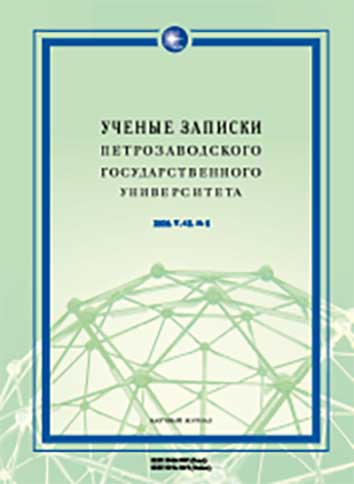КАК В КАРЕЛИИ СТРОИЛИ ПАРТИЮ-КРЕПОСТЬ: ОПЫТ 1930-х ГОДОВ
HOW THE FORTRESS PARTY WAS CREATED IN KARELIA: THE EXPERIENCE OF THE 1930s
Author(s): Svetlana Nikolaevna Filimonchik Subject(s): Political history, Interwar Period (1920 - 1939), History of Communism
Published by: Петрозаводский государственный университет
Keywords: Karelia; Communist Party; industrialization; ideology; elections; repressions;
Summary/Abstract: Studying the history of the regional party organization, which played a key role in the political life of Karelia, is important for understanding the functioning of the Stalinist model of power at the regional level. The article investigates the dynamics of the membership of the regional party organization between 1933 and 1939, as well as the main areas of work of the party leadership bodies in Karelia. The interaction of these bodies with the councils (the Soviets) and intelligence services in the context of political reform and mass repressions was studied for the first time. This is the first article that characterizes the increase in control over the social composition of the party organization and the public position of the communists. The regional politicians who formed the idea of Karelian autonomy as an outpost of socialism in the North of Europe during the Civil War were physically eliminated. The managers sent by the Leningrad Regional Party Committee to replace the “Red Finns” sought to coordinate the work with the requests of the center, but due to an active search for Trotskyists and Zinovievites among the Leningraders, the new elite was soon subjected to severe persecution. Because of the border proximity, mass lawlessness was cynically justified by rising military threat. Management powers were given to the activists who made their career after the defeat of the opposition in the era of Stalin’s leadership and were personally loyal to the leader. The article uses the chronological and historical-critical methods.
Journal: Ученые записки Петрозаводского государственного университета
- Issue Year: 42/2020
- Issue No: 6
- Page Range: 91-99
- Page Count: 9
- Language: Russian

